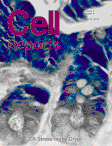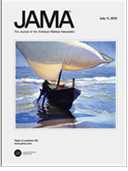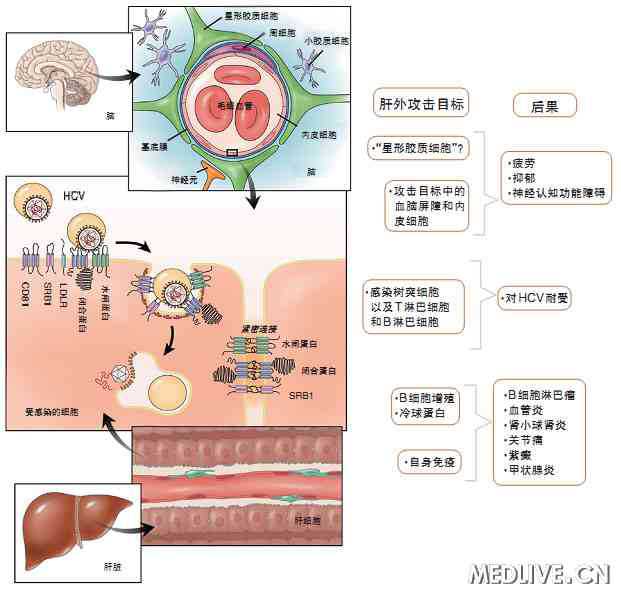Cell Reports:首揭神经系统的自毁机制
2013-05-15 Cell Reports ebiotrade
轴突主要负责将神经信号传递到机体的其他部分,以实现运动、视觉和触觉等多种至关重要的机能。而车祸、化疗副作用、青光眼和多发性硬化症都会影响神经,破坏神经的轴突。 日前,华盛顿大学医学院的研究人员首次阐述了机体主动去除受损轴突的方式,鉴定了新的药物作用靶点,这项研究有望帮助人们防止轴突损失,维护神经功能。 研究人员表示,在许多疾病中,轴突发生了不正常的损失,而治疗轴突退化将为这些患者提供帮助,希望
轴突主要负责将神经信号传递到机体的其他部分,以实现运动、视觉和触觉等多种至关重要的机能。而车祸、化疗副作用、青光眼和多发性硬化症都会影响神经,破坏神经的轴突。
日前,华盛顿大学医学院的研究人员首次阐述了机体主动去除受损轴突的方式,鉴定了新的药物作用靶点,这项研究有望帮助人们防止轴突损失,维护神经功能。
研究人员表示,在许多疾病中,轴突发生了不正常的损失,而治疗轴突退化将为这些患者提供帮助,希望能够通过维护轴突健康,来延缓相关疾病的进程。
轴突退化会引起疾病,不过实际上,这一过程对于神经系统的正确发育很重要。
研究人员表示,在胚胎建立神经系统时,可能发生不恰当或过多的轴突出芽(axonal sprouts),此外发育过程中的某些临时性轴突可能也需要被去除。因此这些轴突的正常退化,对于神经系统非常重要。生物成年后也需要通过轴突退化,将受损轴突从健康神经中去除,以免受损轴突影响附近的其他神经。
研究人员认为,轴突退化相当于一种细胞程序性死亡(或凋亡),是细胞正常程序的结果,能够主动去除受损轴突。在一些疾病中,这一程序可能被错误的触发,而导致轴突损失。研究人员希望能够开发相应药物,在轴突退化过于活跃时将其阻断。
研究人员通过小鼠模型发现,在受损轴突的自毁机制中,Phr1基因具有主要作用。研究显示,Phr1缺陷型小鼠与正常小鼠相比,体内的断裂轴突能够长时间维持原状。
正常小鼠体内,发生断裂的轴突在两天后就会完全退化。而在Phr1缺陷型小鼠的体内,约有75%的断裂轴突能保持五天,约四分之一能保持十天。而且小鼠并没有因为缺乏Phr1,而出现副作用或遭遇明显问题。
研究人员还对中枢神经系统的视神经进行了研究。青光眼患者的视神经会受损,而研究显示,去除Phr1也能在此情况下保护受损的轴突。这是首次发现去除一个基因,可以在中枢神经系统起作用,保护哺乳动物的轴突免于退化。
正常情况下,机体会让受损的轴突自毁。但用药物阻断Phr1蛋白,能够保护受损轴突,使之存活并行使功能。这项研究将有助于治疗青光眼、多发性硬化症和其他主要影响中枢神经系统的神经退行性疾病。
癌症患者也能从这项研究中受益,因为不少化疗药物会损害外周轴突。研究显示,去除Phr1能够保护轴突免受长春新碱(vincristine)的破坏,长春新碱(vincristine)是用于治疗白血病、神经母细胞瘤等癌症的化疗药物。
相关研究论文发表在了Cell旗下的Cell Reports杂志上。
与神经系统相关的拓展阅读:

The Phr1 Ubiquitin Ligase Promotes Injury-Induced Axon Self-Destruction
Summary
Axon degeneration is an evolutionarily conserved process that drives the loss of damaged axons and is an early event in many neurological disorders, so it is important to identify the molecular constituents of this poorly understood mechanism. Here, we demonstrate that the Phr1 E3 ubiquitin ligase is a central component of this axon degeneration program. Loss of Phr1 results in prolonged survival of severed axons in both the peripheral and central nervous systems, as well as preservation of motor and sensory nerve terminals. Phr1 depletion increases the axonal level of the axon survival molecule nicotinamide mononucleotide adenyltransferase 2 (NMNAT2), and NMNAT2 is necessary for Phr1-dependent axon stability. The profound long-term protection of peripheral and central mammalian axons following Phr1 deletion suggests that pharmacological inhibition of Phr1 function may be an attractive therapeutic candidate for amelioration of axon loss in neurological disease.
本网站所有内容来源注明为“梅斯医学”或“MedSci原创”的文字、图片和音视频资料,版权均属于梅斯医学所有。非经授权,任何媒体、网站或个人不得转载,授权转载时须注明来源为“梅斯医学”。其它来源的文章系转载文章,或“梅斯号”自媒体发布的文章,仅系出于传递更多信息之目的,本站仅负责审核内容合规,其内容不代表本站立场,本站不负责内容的准确性和版权。如果存在侵权、或不希望被转载的媒体或个人可与我们联系,我们将立即进行删除处理。
在此留言










#Cell#
22
#CEL#
32
#神经系统#
31